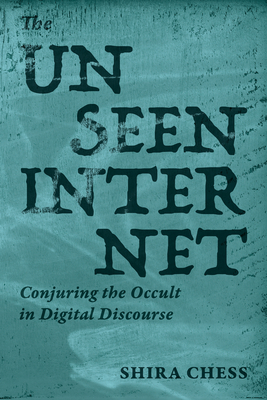The Signal: The History of Signal Processing and How We Communicate
暫譯: 信號:信號處理的歷史及我們的溝通方式
Lewis, Ted G.
- 出版商: CRC
- 出版日期: 2019-05-29
- 售價: $5,660
- 貴賓價: 9.5 折 $5,377
- 語言: 英文
- 頁數: 188
- 裝訂: Hardcover - also called cloth, retail trade, or trade
- ISBN: 0367225638
- ISBN-13: 9780367225636
-
相關分類:
電磁學 Electromagnetics
海外代購書籍(需單獨結帳)
相關主題
商品描述
Computers are the foundation of the information age, but communication technology is the foundation of the foundation. Without the theories and practical applications of theory brought to us by the pioneers of communication, the computer age would perhaps have remained in the back office, hidden away as infrastructure like electricity or running water - critical to modern life, but not as transforming as the combination of communications and computing. The information age exploded once machines were endowed with the ability to talk among themselves. The Signal connects everything to everything else, in both communication, and in the metaphorical sense as the link between and among people.
Features
- Identifies the key ideas underlying modern communications technology, and documents the contributions of its inventors
- Explores the signal in communication, and also in the metaphorical sense as the link between and among people
- Leads the reader through a journey from ancient number systems to Voyager II to radio and MP3s to quantum cryptography
- Includes coverage of "Signals from Hell," including memes and "fake news" on the Internet
- Looks to the future of communication, with emergent 5G
商品描述(中文翻譯)
電腦是資訊時代的基礎,但通訊技術則是基礎的基礎。如果沒有通訊先驅所帶來的理論和實際應用,電腦時代或許仍然會隱藏在後台,像電力或自來水一樣作為基礎設施,對現代生活至關重要,但卻不如通訊與計算的結合那樣具變革性。一旦機器具備了彼此溝通的能力,資訊時代便爆炸性地來臨了。信號將一切連結到其他一切,無論是在通訊上,還是在隱喻意義上作為人與人之間的聯繫。
特色
- 識別現代通訊技術的關鍵理念,並記錄其發明者的貢獻
- 探索通訊中的信號,以及在隱喻意義上作為人與人之間的聯繫
- 引導讀者從古代數字系統到旅行者二號,再到無線電和MP3,最後到量子密碼學的旅程
- 包括對「來自地獄的信號」的報導,包括網路上的迷因和「假新聞」
- 展望通訊的未來,聚焦於新興的5G技術
作者簡介
Ted G. Lewis was a professor of computer science and Executive Director of the Center for Homeland Defense and Security at the Naval Postgraduate School in Monterey, California. He has previously held a variety of positions within IEEE Computer Science (EIC of IEEE software, EIC of IEEE COMPUTER), industry (CEO Daimler Chrysler Research and Technology NA, Senior Vice President of Eastman Kodak) and academia (University of Louisiana, Oregon State University, Naval Postgraduate School). Lewis is the author of over 30 books and 100 papers on computing, critical infrastructure, and complexity.
作者簡介(中文翻譯)
Ted G. Lewis 是加州蒙特雷海軍研究生院的計算機科學教授及國土防衛與安全中心的執行主任。他曾在IEEE計算機科學界擔任多個職位(IEEE Software的主編,IEEE COMPUTER的主編)、產業界(戴姆勒克萊斯勒研究與技術北美的首席執行官,伊士曼柯達的高級副總裁)以及學術界(路易斯安那大學、俄勒岡州立大學、海軍研究生院)。Lewis著有超過30本書籍和100篇有關計算、關鍵基礎設施及複雜性的論文。











